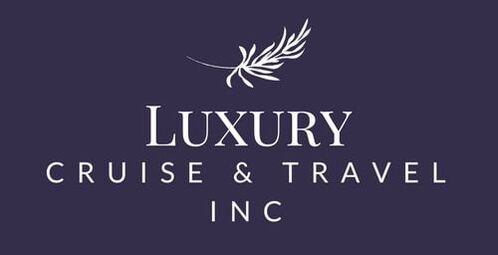|
Bombed heavily during World War II, Nuremberg is one of the largest remaining walled cities; large sections of walls remain interspersed, with imposing entry towers. Even the churches suffered heavy damage. However, unlike many of its counterparts, Nuremberg was not rebuilt in the original style after the war, consequently many of the buildings are modern. The result is pockets of charming historic buildings, surrounded by a more modern city. With a population of 500,000, it is less a tourist destination, and more a thriving community World War II history buffs will have much to discover. Located just outside the city lies the ruins of the Nazi Party Rally Grounds. Spend a day exploring the exhibits, and imagine what it would have been like at its peak. Visit the Memorium Nuremberg Trials. This museum, opened in 2010, is located in the venue the Nazi trails took place. Visit the actual courtroom, when court is not in session. Shopping is plentiful. In the main square a tempting produce market sets up daily. Ogle the beautiful flowers, fresh fruits and vegetables, with local mushrooms the size of your hand. The smell of homemade breads and pastry, and sizzling sausages tempt passersby to indulge in a treat. Home of the largest Christmas Market, by early November the feel of the holidays are in the air. Rustic booths, draped with glowing lights, and bedecked with carnival like lighted signs proclaim their wares line. The streets are chock full of tempting treats. Choose from lebkucken, German gingerbread, German mulled wine, savory local sausages, or steamy crepes served with your choice of toppings. My personal favorite is banana with Nutellla, a mouthwatering chocolate hazelnut spread. www.christkindlesmarkt.de In the historic center, the main square steals the show. The face of the Church of Our Lady while still in the traditional Gothic style, houses a giant mechanical clock. Like a traditional German coo coo clock, every day at noon the prince electors circle the Holy Roman Emperor Charles IV, minstrels lift their horns and ring their bells, while the clock booms out the time. From the square the historic gothic churches of St. Lorenz and St. Sebald, and the Old Town are all within an easy stroll. The highlight of the main square is the Schoner Bunnen, or beautiful fountain. Surrounded by wrought iron grillwork, legend has it if you turn the gold ring three times your wish will come true. The current fountain was erected here around 1385, while remnants of the original sandstone fountain can be seen at the German National Museum. “The fountain soars 63 feet upward and features 40 sculptured figures which reflect the world-view of the Holy Roman Empire: the pool is decorated with figures representing philosophy and the seven liberal arts and above them are the four Evangelists and the four Church Fathers. In the middle are the Seven Electors and Nine Worthies and above them Moses and Seven Prophets.” www.travelsignposts.com Towering above the city is the Kaiserburg, or Imperial Castle. An occasional residence of the Emperors of the Holy Roman Empire between 1050 and 1571, much of the palace was destroyed during the war. It was rebuilt not back to its previous Gothic state, but to an ideal intended to resemble the original construction. A thriving metropolis, history buffs, and holiday shoppers, will enjoy all that Nuremburg has to offer.
Share the knowledge
0 Comments
Leave a Reply. |
Linda Carter
|
Managed by Voyager Websites
 RSS Feed
RSS Feed
